
Our vision:
A safe and healthy Kitsap County for all.
Built Environment
The way our communities are designed and built can have a major effect on our health.
The parts of our living environment that are designed by people is called "built environment." Roads, sidewalks, parks, buildings, homes, and utilities are all a part of our built environment.
A healthy built environment is one that provides access to safe and healthy housing, provides opportunities for physical activity, protects people from exposure to environmental pollutants, and minimizes the effects of extreme weather events.
Data Dashboards

Creating a Healthy Home
Most of us spend more time at home than anywhere else. Our homes can have a big effect on our physical and mental wellbeing. Click the buttons below to learn different ways to help your home stay safe and healthy.

Rodents and Other Pests
Health effects: Pests can carry diseases that can make humans sick, as well as cause allergic reactions.
Prevention tips:
-
Keep your living and cooking areas clean. Rodents are more likely to be in homes that have food crumbs, scraps, and spills on their floors and counters.
-
If rats or other rodents are already in your home, make sure that all of your food is stored in pest-proof containers.
-
Keep crawl spaces, vents, cracks, and spaces under doors sealed.
-
If you have birdfeeders, store birdseed in rodent-proof containers. Clean up any birdseed that has spilled onto the ground.
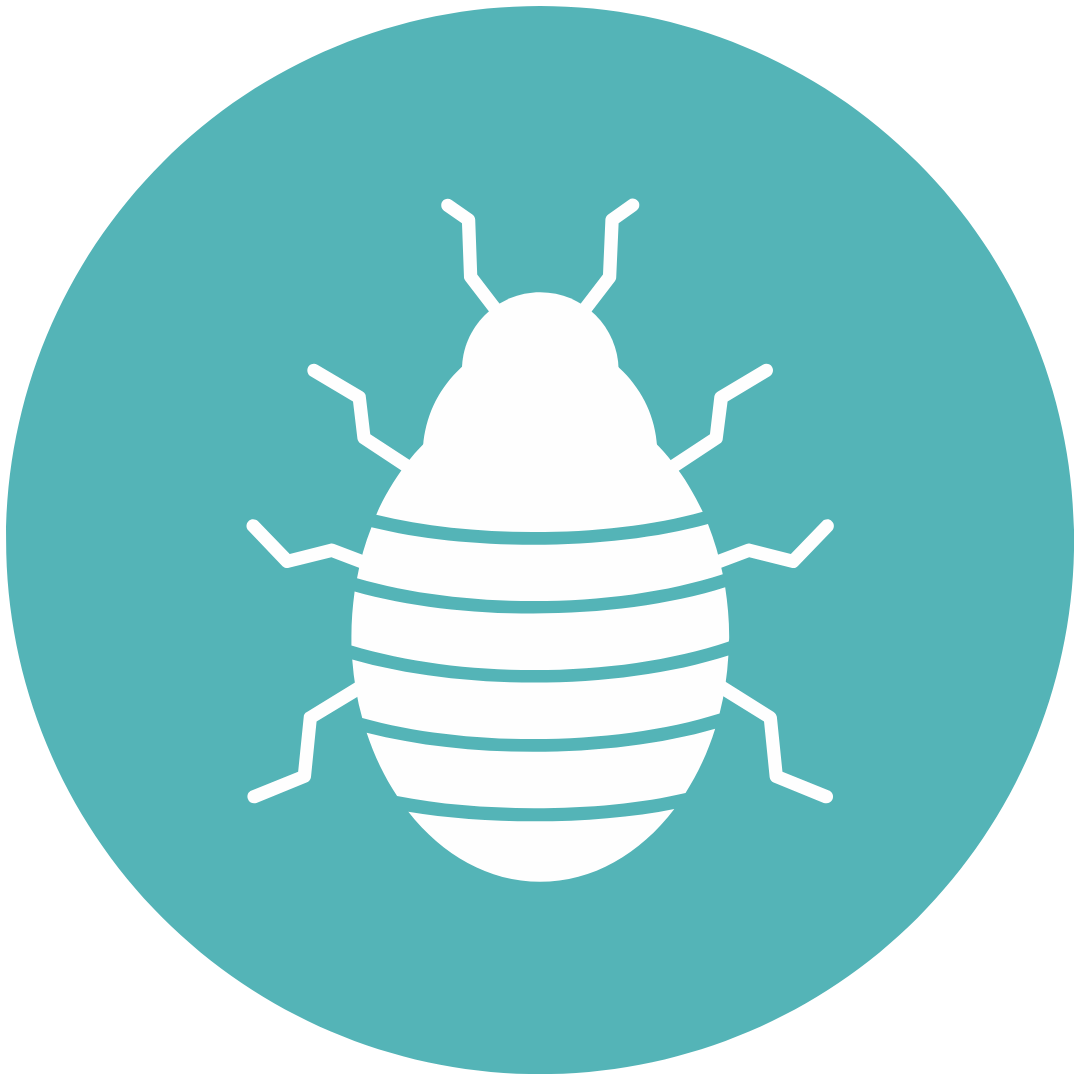
Bedbugs
Health effects: Bedbugs in your home can cause allergic reactions to bites (like itchiness). Bedbugs are frustrating and can cause stress, but they are not known to carry diseases that make humans sick.
Prevention:
-
When traveling, inspect sheets and mattresses for signs of bedbugs (reddish stains, bedbug feces or eggs). Do not stay in a room if you think it has bedbugs.
-
Inspect secondhand furniture for bedbugs before bringing it into your home.
-
If there are bedbugs in your home, tumble-dry all clothes and bedding on the "high" setting to kill bedbugs. Vacuum carpets and rugs to capture any stray bedbugs.
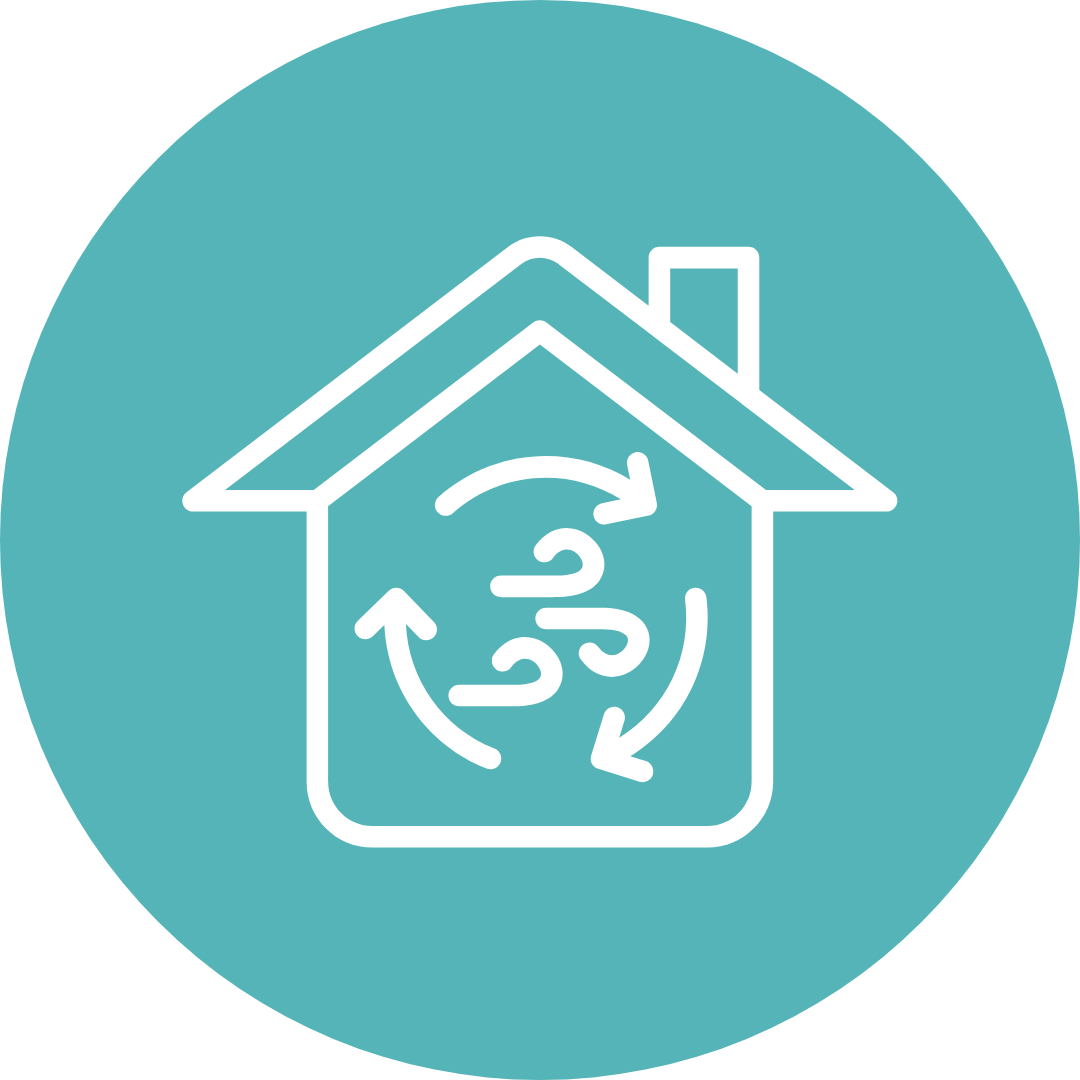
Indoor Air Quality
Health effects: Poor indoor air quality impacts everyone, especially children, older adults, and people with health problems like asthma or heart disease.
Prevention:
-
Improve air circulation by opening windows (when the weather permits) and turning on ceiling fans.
-
Use HEPA filters to filter out bad air quality.
-
Choose gentler, less toxic, and unscented cleaning products.
-
Avoid storing chemicals (paints, fuels, etc.) in your home, or store them in the smallest possible amount and in sealed containers.
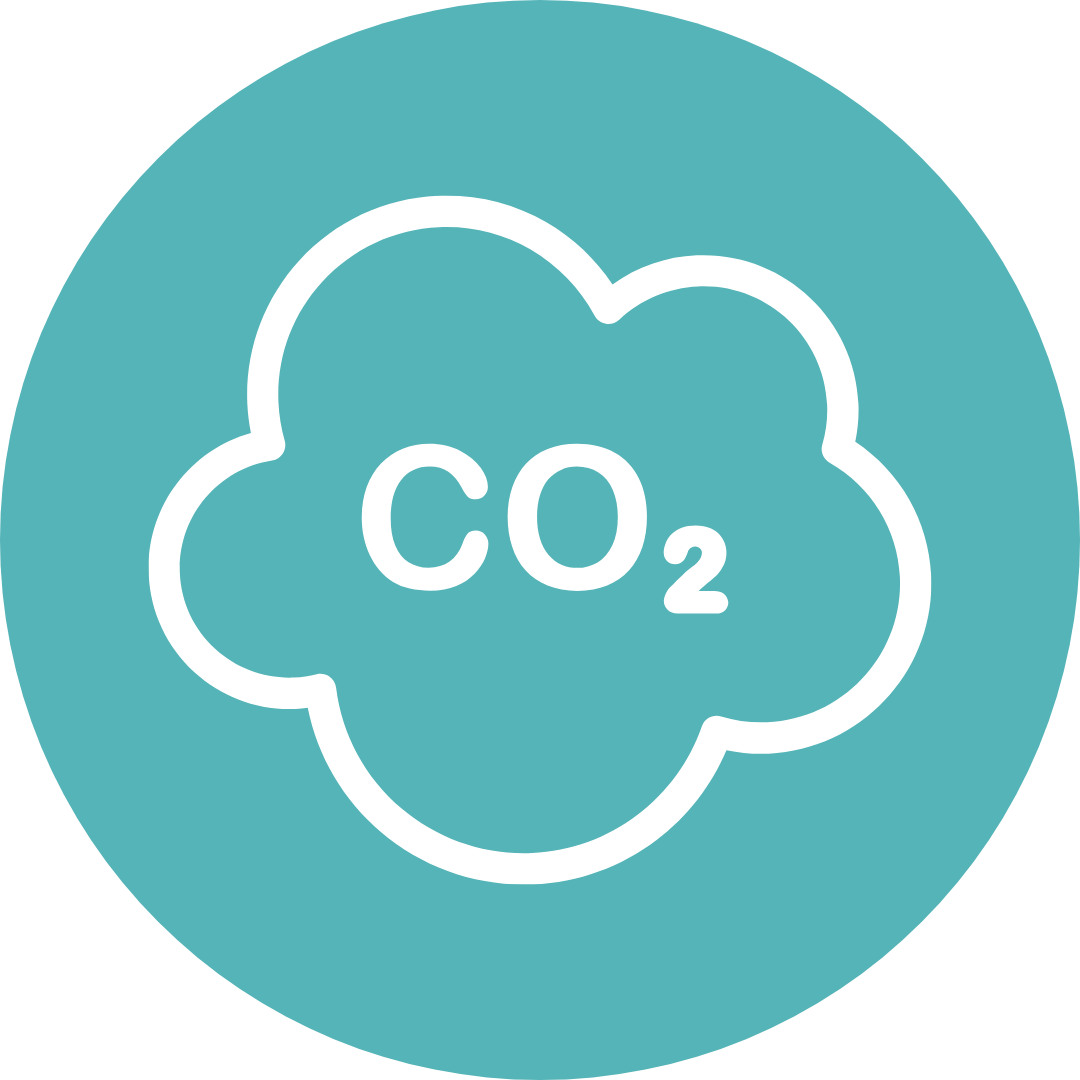
Smoke and Carbon Monoxide
Health effects: Smoke, fire, and carbon monoxide can be deadly household hazards.
Prevention:
-
Install at least one smoke detector on each level of your home, as well as in every bedroom. Install at least one carbon monoxide detector on each level of your home.
-
Regularly test smoke and carbon monoxide detectors to ensure that they are working properly.
-
Have fire extinguishers and know how to use them.
-
Have an escape plan.
-
Regularly clean your chimney/flue to prevent the buildup of flammable residues.
-
Do not use barbeques or gas ovens to heat your home.

Safe Streets
Streets that improve the safety and convenience of walking or cycling to work/school help reduce
the number of traffic-related injuries and death. Safe streets encourage the community to get active and reduce the amount of chronic illnesses, like diabetes.
We help improve Kitsap's built environment by collaborating with local planning departments to make sure public health priorities are considered when developing land. We also provide resources about mold, indoor air quality, and lead exposure to empower the community to make informed decisions about their personal environments.
Urban Greenery
Urban areas can be up to 7°F warmer than more rural surrounding areas. Trees, parks, and other urban green spaces can help reduce the severity of the urban heat effect, thereby reducing incidences of heat related illness and injury. Parks and green spaces can also help keep people who lack access to air conditioning cool during extreme heat events.



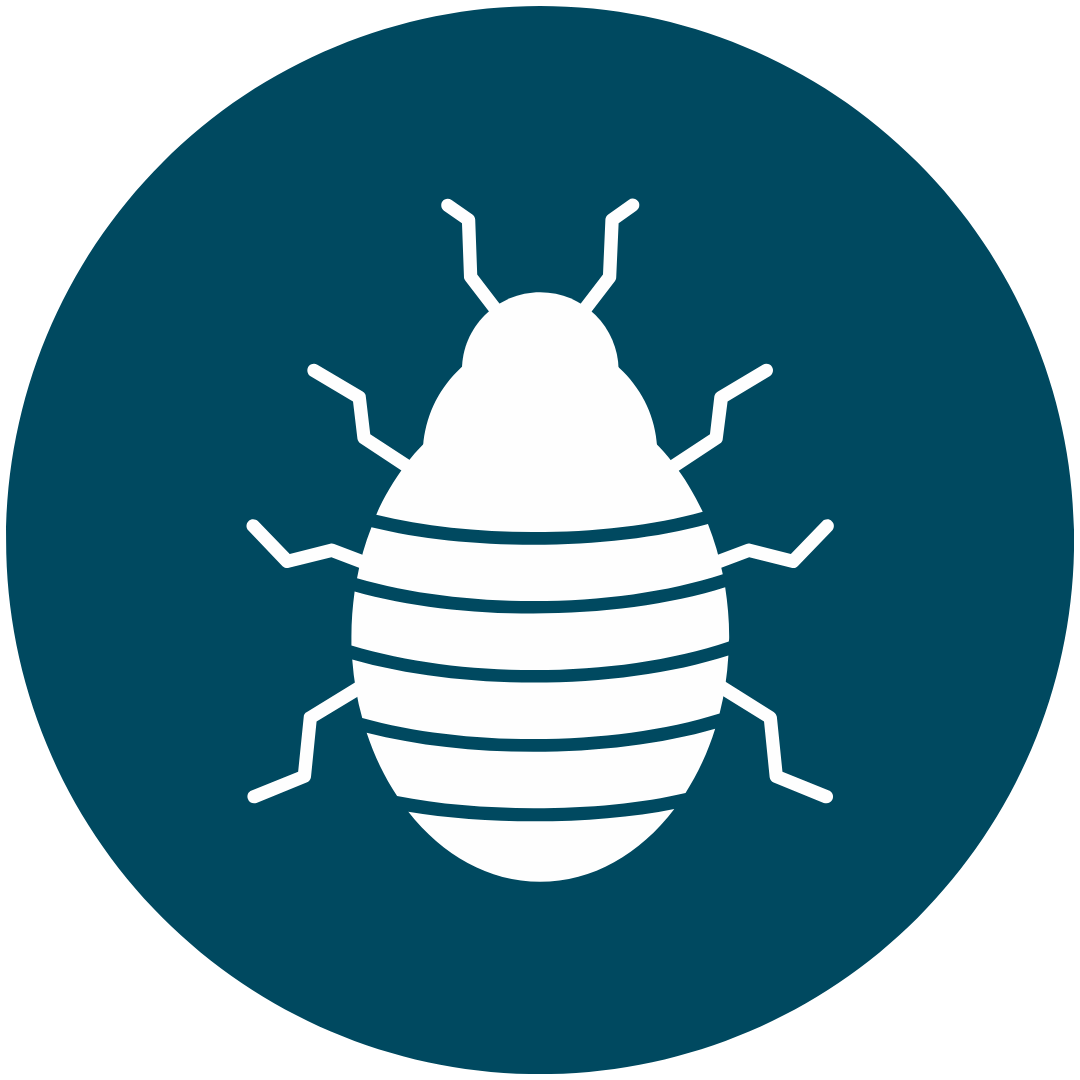




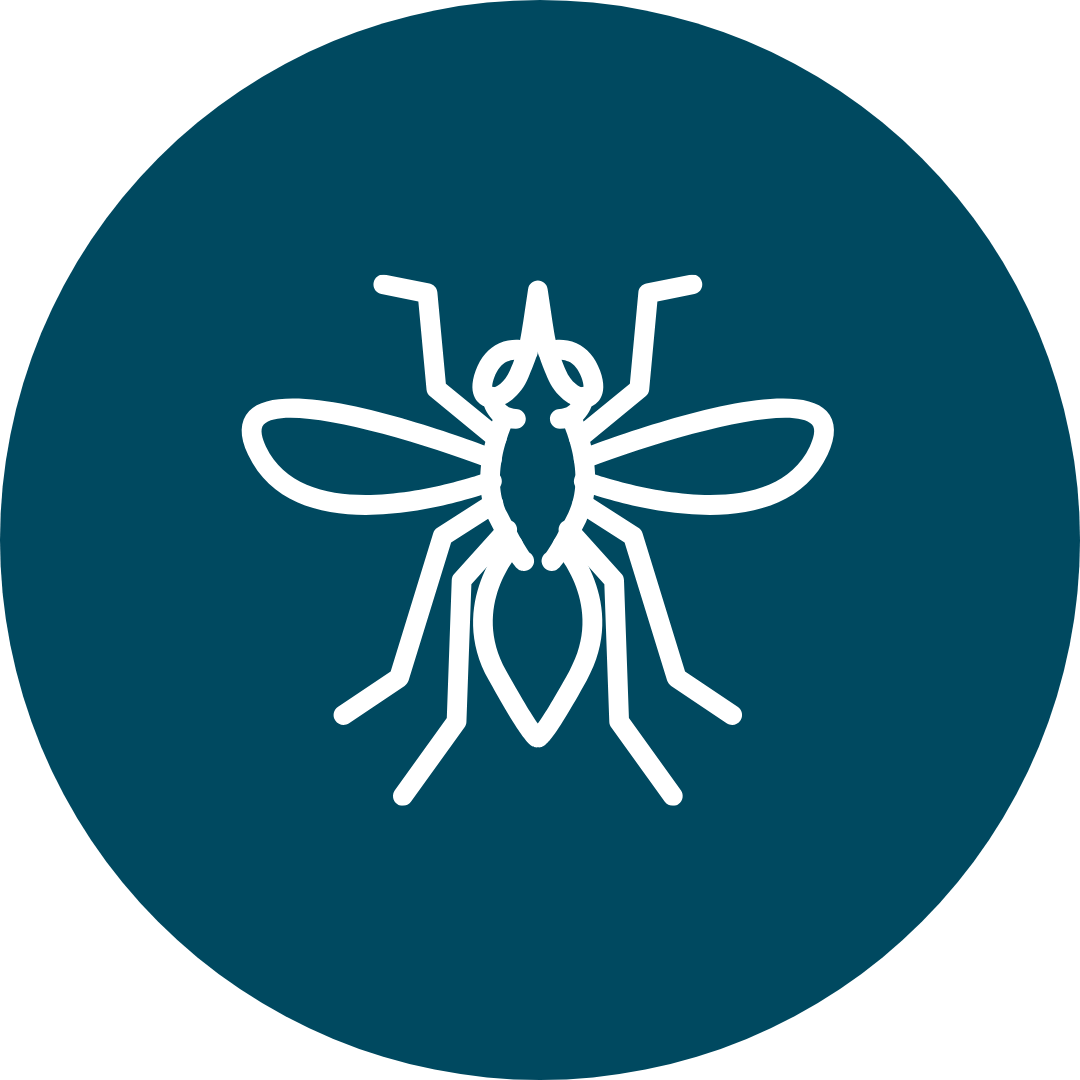

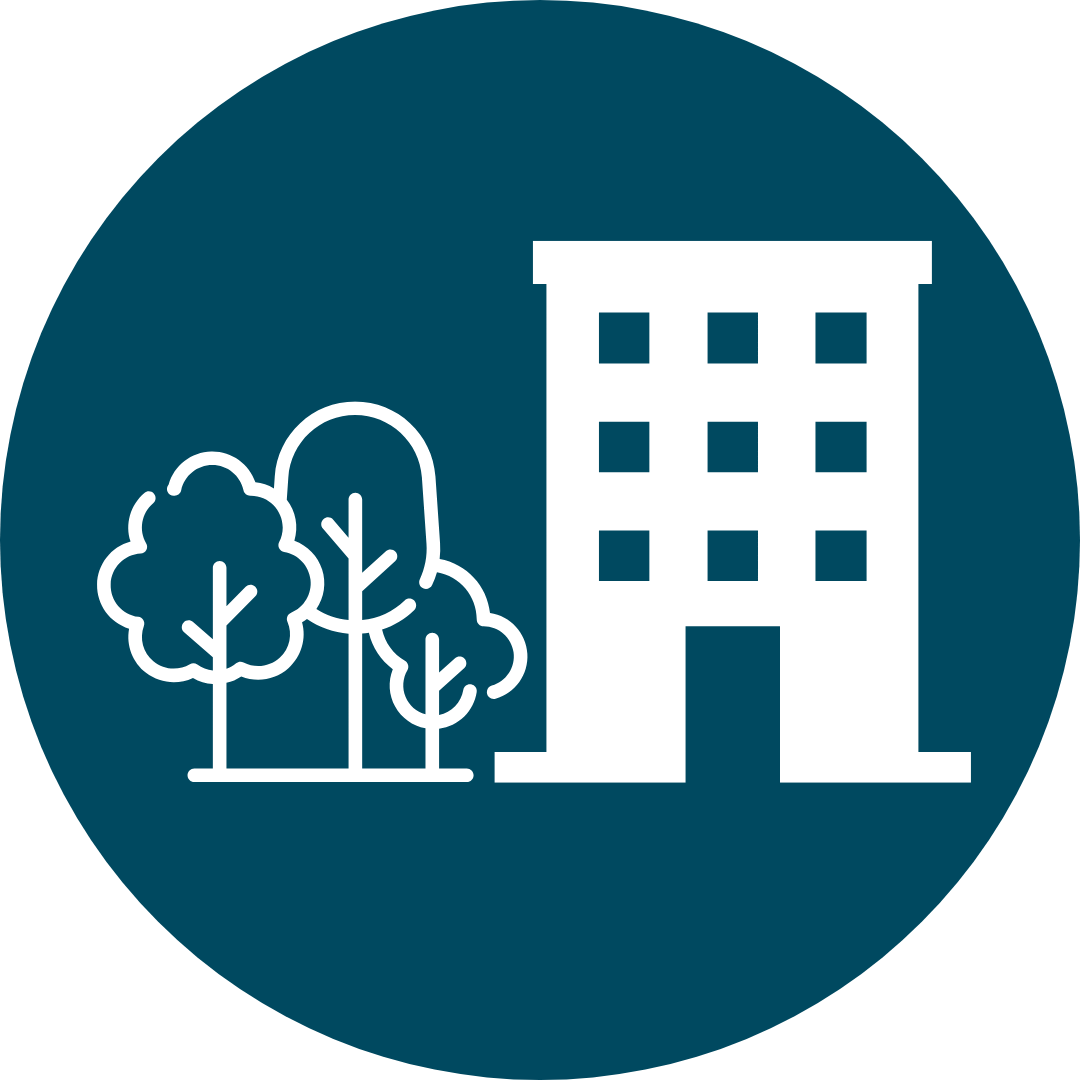

.png)
